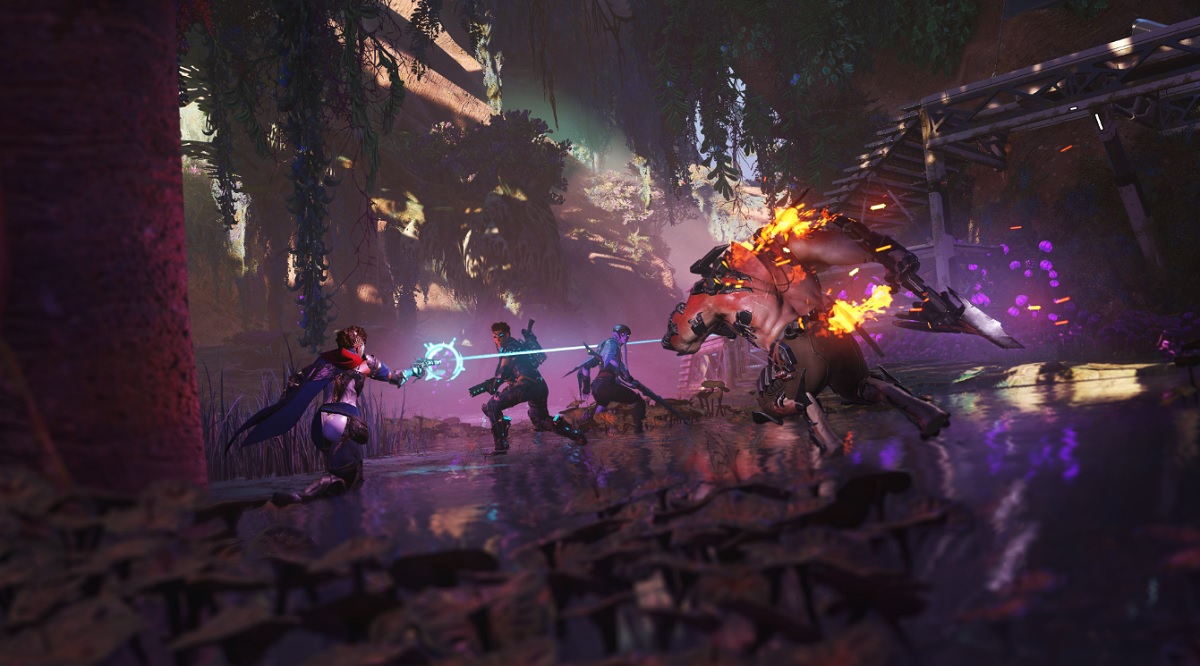Amazon spent five years developing Crucible, the free-to-play team shooter game that launches on the PC today.
The competitive multiplayer game lets players choose from a diverse roster of aliens, humans, and robots to battle on the planet Crucible, where they can collect the resource Essence while avoiding death from fellow hunters and the environment.

Unlock premium content and VIP community perks with GB M A X!
Join now to enjoy our free and premium membership perks.
![]()

![]()